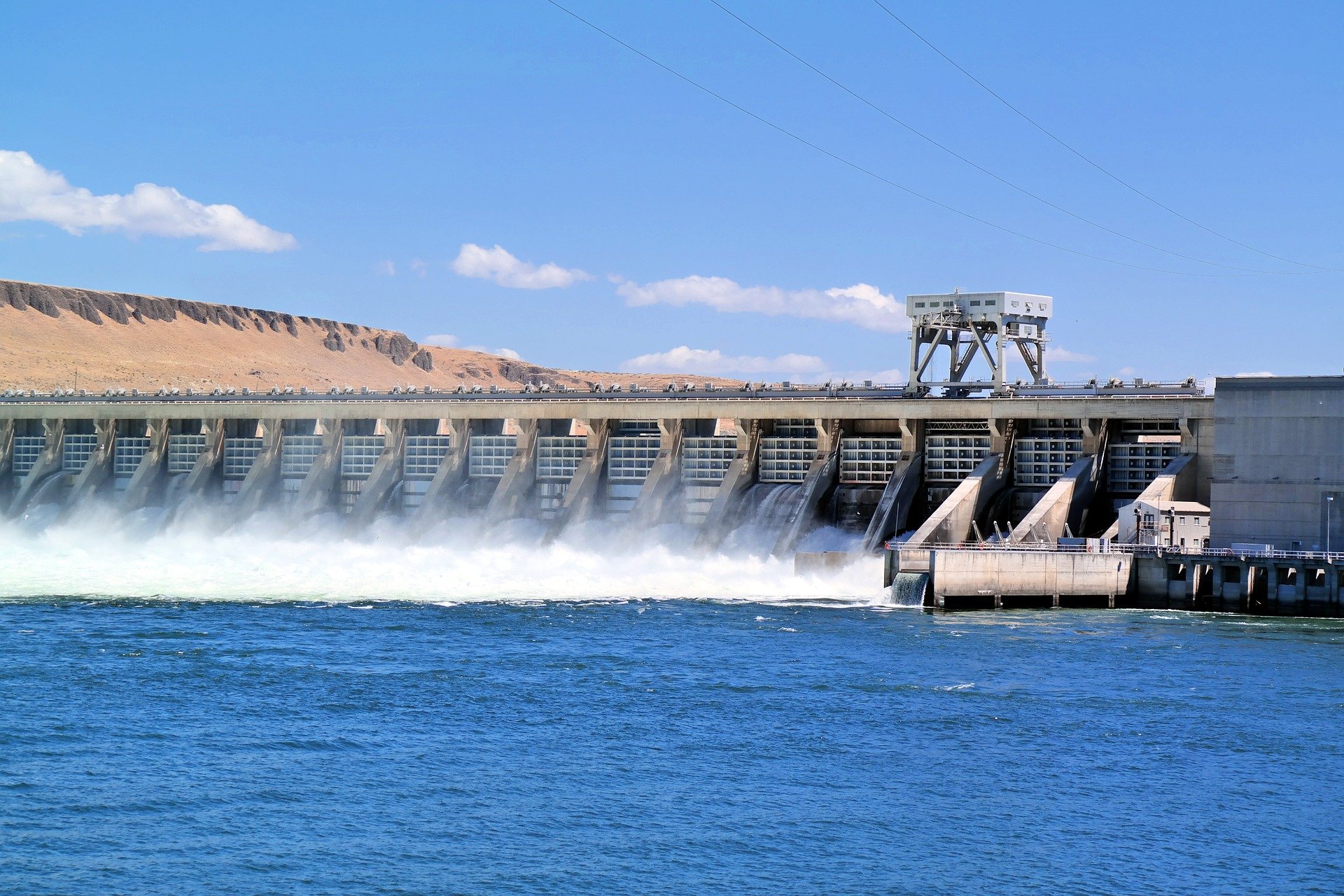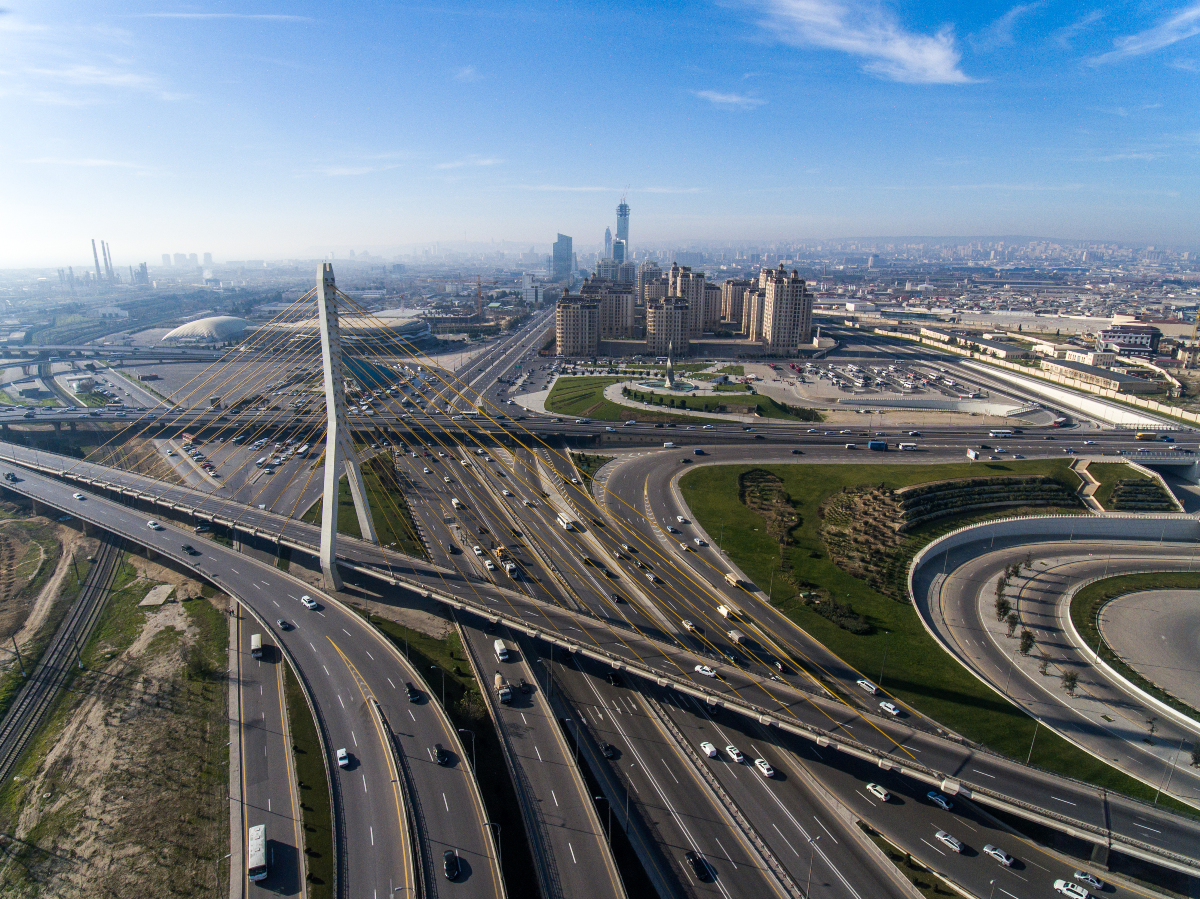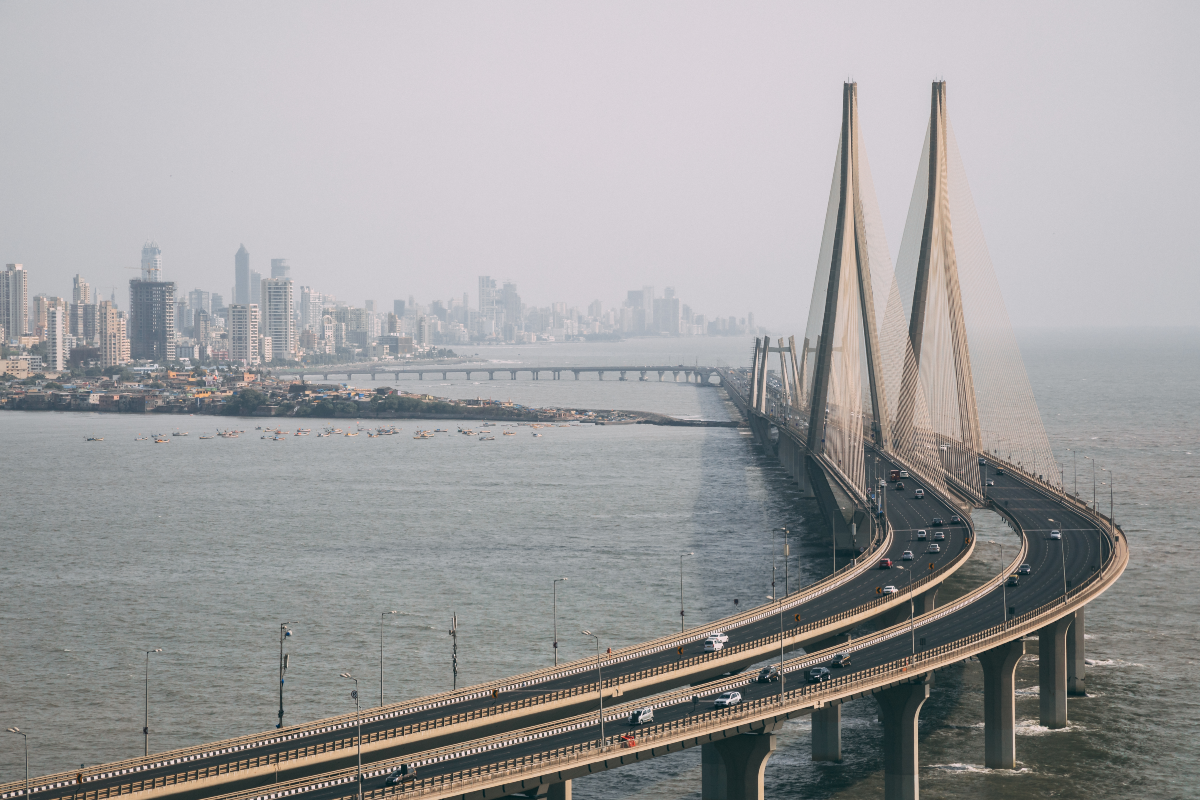
Innovation is key to climate-proofing infrastructure
Photo source - istock
Infrastructure is intrinsic to every aspect of our lives. However, we tend to consider infrastructure only as discrete assets such as roads and buildings, as opposed to collective sets of systems and services that must function in continuous synchrony to provide us with food, water, accommodation, energy, transportation, telecommunications, governance, and security. Disruptions to these infrastructural systems can have devastating consequences.
A recent glacier burst took dozens of lives and damaged two hydropower projects in Uttarakhand, India, while a rare polar vortex in Texas took large swathes of the energy grids offline for days, stranding citizens without electricity, water and heat.
These incidents underscore the critical need to climate-proof our infrastructural systems against a growing list of risks linked to climate change such as floods, forest fires, hurricanes and cyclones, and other extreme weather events. So how can we make our infrastructure more climate and disaster-resilient? The key is cohesive innovation—across policy and governance systems, technologies, and financing mechanisms.
The numbers speak volumes. The current annual global spending on infrastructure is about USD$5 trillion, and is expected to rise exponentially to $90 trillion by 2030. The Carbon Disclosure Project estimates that assets worth $1 trillion will be at risk due to climate change over the next five years, with the financial services industry accounting for 80 per cent of this exposure.
Climate-proofing critical and expensive infrastructural assets needs two urgent actions. First, countries must invest in innovation driven by emerging technologies to lower cost, increase resilience, and improve infrastructure management. Second, they must standardise innovations so that they can be deployed at scale across geographies with minimal customisation and cost differences.
System, technological, and financing innovations for disaster-resilient infrastructure (DRI)[1], including climate-resilient infrastructure (CRI)[2], are gaining traction.
Several countries have ongoing programmes in traditional R&D centres as well as in start-ups owned by digital-savvy “infra-preneurs” leveraging cutting-edge technologies.
System innovations can help better predict and prepare for adverse climate events
Missing, weak or redundant policies and non-scientific assumptions are among the biggest challenges to building DRI/CRI. This is especially the case in developing nations, which are also the most vulnerable to climate risk. Integrating progressive administrative frameworks that cater specifically to resilient infrastructural systems with national economic and infrastructure policies, and improving state capacity to predict and respond to adverse climate events, will lead to concerted responses by governments and communities.
System innovations could enhance the monitoring and evaluation of global, national, and sub-national policies and actions. The Council on Energy, Environment and Water (CEEW) and its partners are developing a Climate Risk Atlas for India at a 25-km granular resolution to better identify, assess and project chronic and acute risks such as extreme climate events, heat and water stresses, crop loss, vector-borne diseases, and biodiversity collapse.
A Unified Innovation CRI (UI-CRI) Index will help standardise innovations
High-tech DRI/CRI innovations are leveraging rapidly evolving new technologies such as big data, augmented reality, remote imaging, drones and unmanned aerial vehicles, nanotechnology, Internet of Things (IoT) and Industry 4.0. They should be standardised to global norms to allow efficient integrations with existing and upcoming infrastructural systems across the world, with need-based adaptations for local variables such as geographic features, national priorities, and economic and operational capacities.
The Coalition for Disaster Resilient Infrastructure (CDRI) should partner with its financing counterparts like the Coalition of Climate Resilient Investment (CCRI) and the World Bank to institute a Unified Innovation CRI Index (UI-CRI Index) comprising a uniform set of parameters to transparently measure innovations on a standardised scale. With the support of the Sendai Framework for Disaster Risk Reduction 2015 – 2030, such an index could rapidly democratise DRI/CRI innovations and encourage private sector participation and financing.
Financial innovations should integrate climate risks into investment decision-making
Developing innovative risk financing instruments for DRI/CRI is another pressing need. Current options such as catastrophe bonds—used for infrastructure financing by developing economies like Peru, Chile, Columbia and Mexico—are focused on risk transfer and risk retention for high frequency/high impact events. These bonds are expensive—sometimes costing twice the pay-outs—and do not cater to low frequency/low impact events, which need affordable, accessible and localised financing.
Financial innovations that integrate physical climate risks (PCRs) into investment decision-making will help reduce the cost of financing and increase the deployment of such instruments. Tailor-made public-private partnership (PPP) models to finance DRI/CRI projects could offer effective risk transfer mechanisms through sovereign guarantees while providing access to a global investment pool.
India’s emerging innovation ecosystem should develop climate-proof infrastructural systems
On the global stage, India has proactively embraced multilateral co-innovation as a Founder-Member of Mission Innovation (a global coalition of 24 countries, launched at the COP21 in Paris), and launched the CDRI at the 2019 UN Climate Action Summit. At home, the landmark Science, Technology, and Innovation Policy (STIP) 2020, and national missions like Start-up India and the Atal Innovation Mission (which includes a ‘Tinkering Lab’ for students), aim to develop scientific temperament and creativity, and foster a spirit of “infra-preneurship.”
This renewed focus on innovation provides the perfect backdrop for greater research and investment in disaster and climate resilience in India, which is estimated to have suffered losses of almost USD 80 billion due to extreme climate events in just the past two decades.
Investing in DRI/CRI and related services and building capacity by leveraging system, technological and financing innovations can better protect not just the public, but also the economic assets critical to national growth and development.
Abinash Mohanty is a Programme Lead and Shuva Raha is Head - New Initiatives at the Council on Energy, Environment and Water, an independent, not-for-profit policy research institution.
The views and opinions expressed in this blog are those of the author and do not necessarily reflect those of the Coalition for Disaster Resilient Infrastructure (CDRI).
[1] DRI additionally addresses disaster risk due to geophysical and geomorphological hazards such as earthquakes, landslides, tsunami and volcanic activity.
[2] Climate-resilient infrastructure (CRI) is planned, designed, built and operated to anticipate, prepare for, adapt to, and recover rapidly from disruptions caused by changing climatic conditions
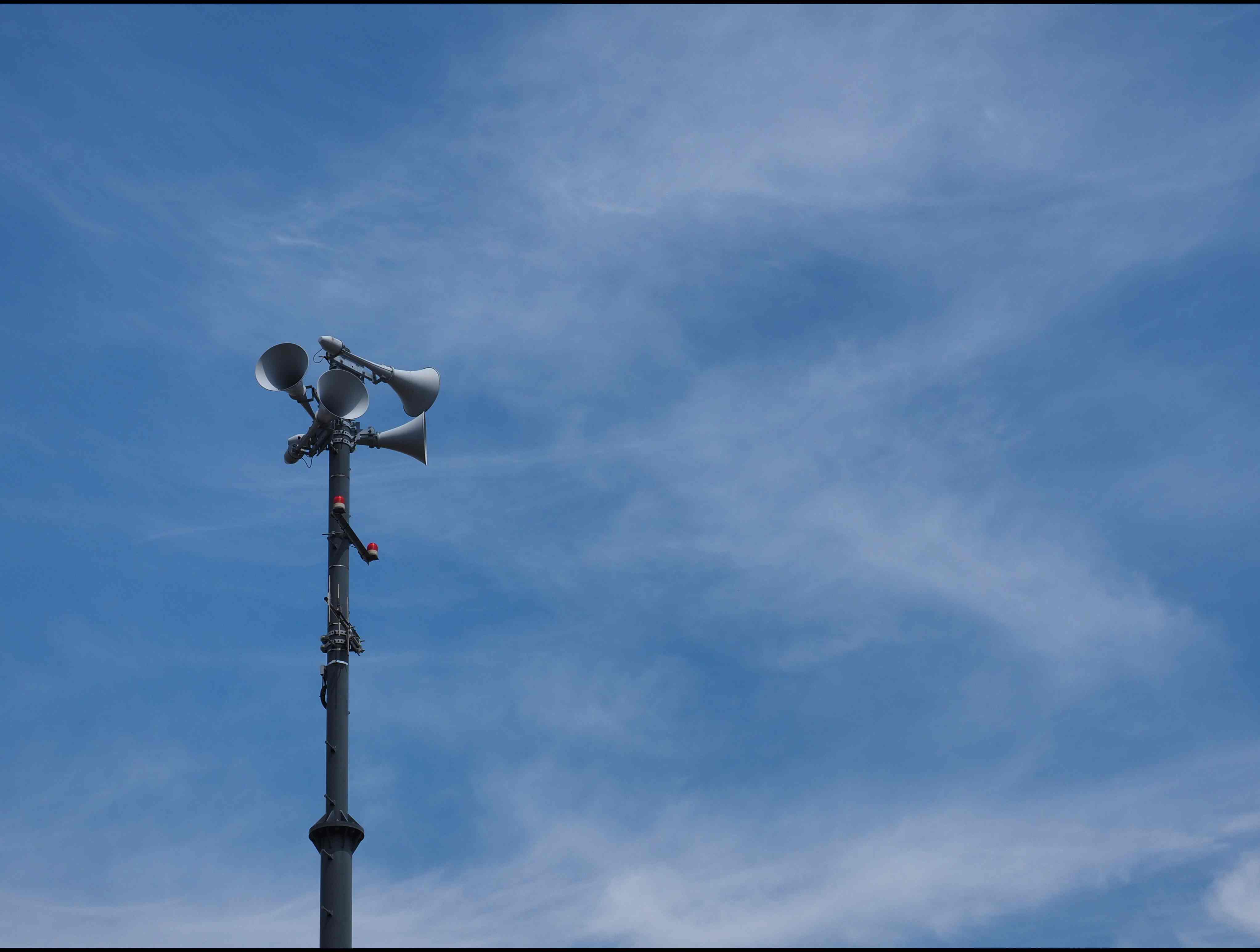
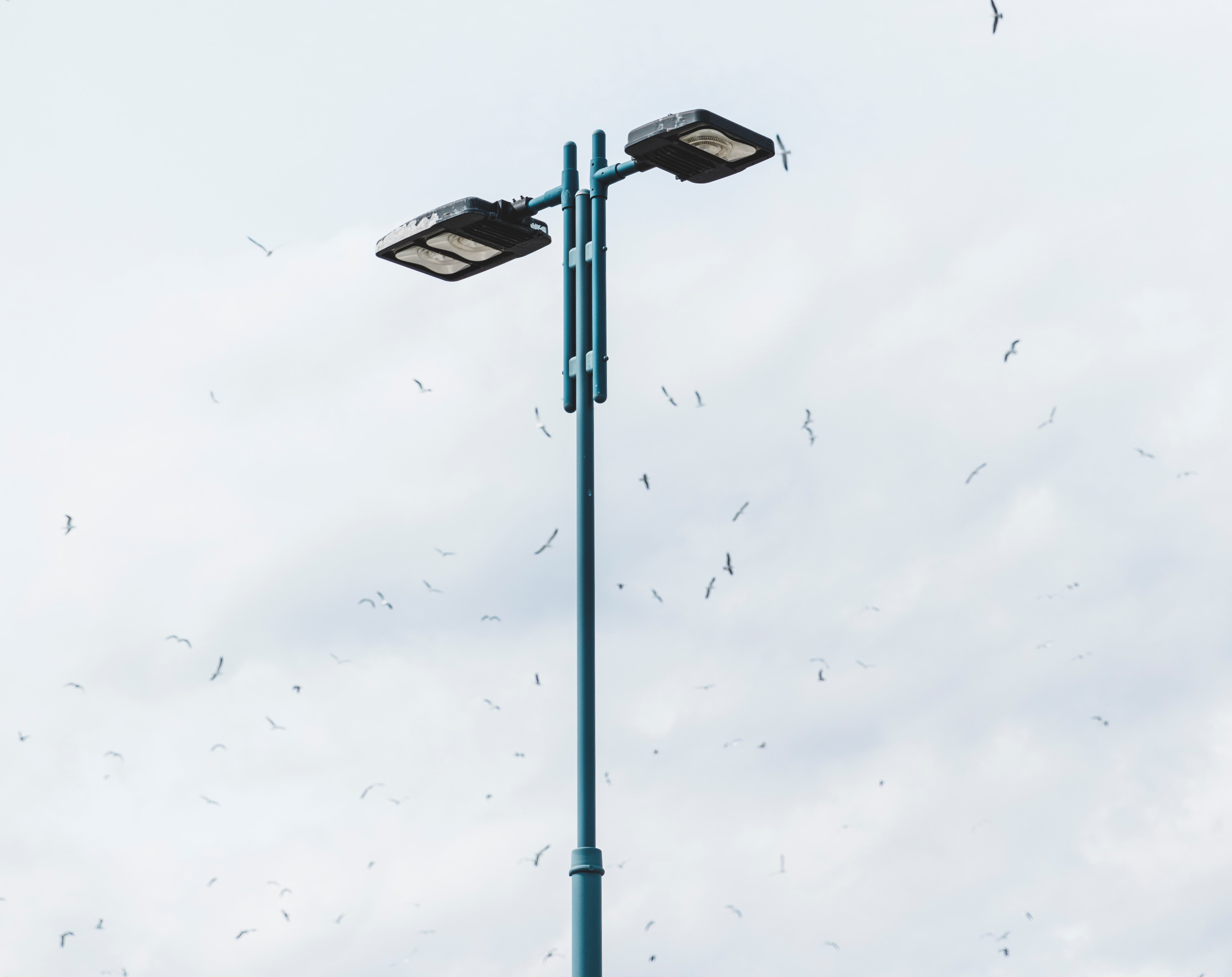
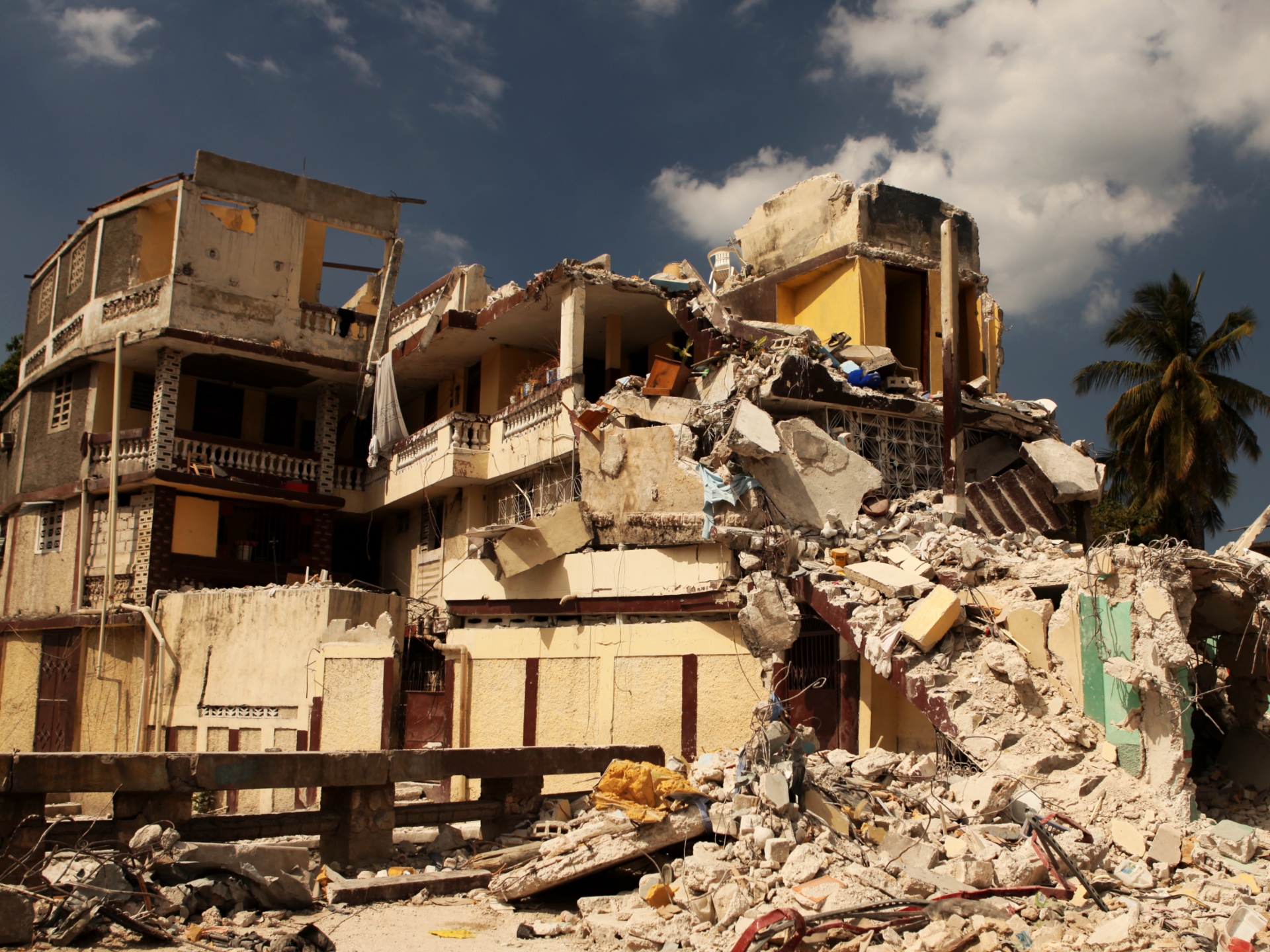
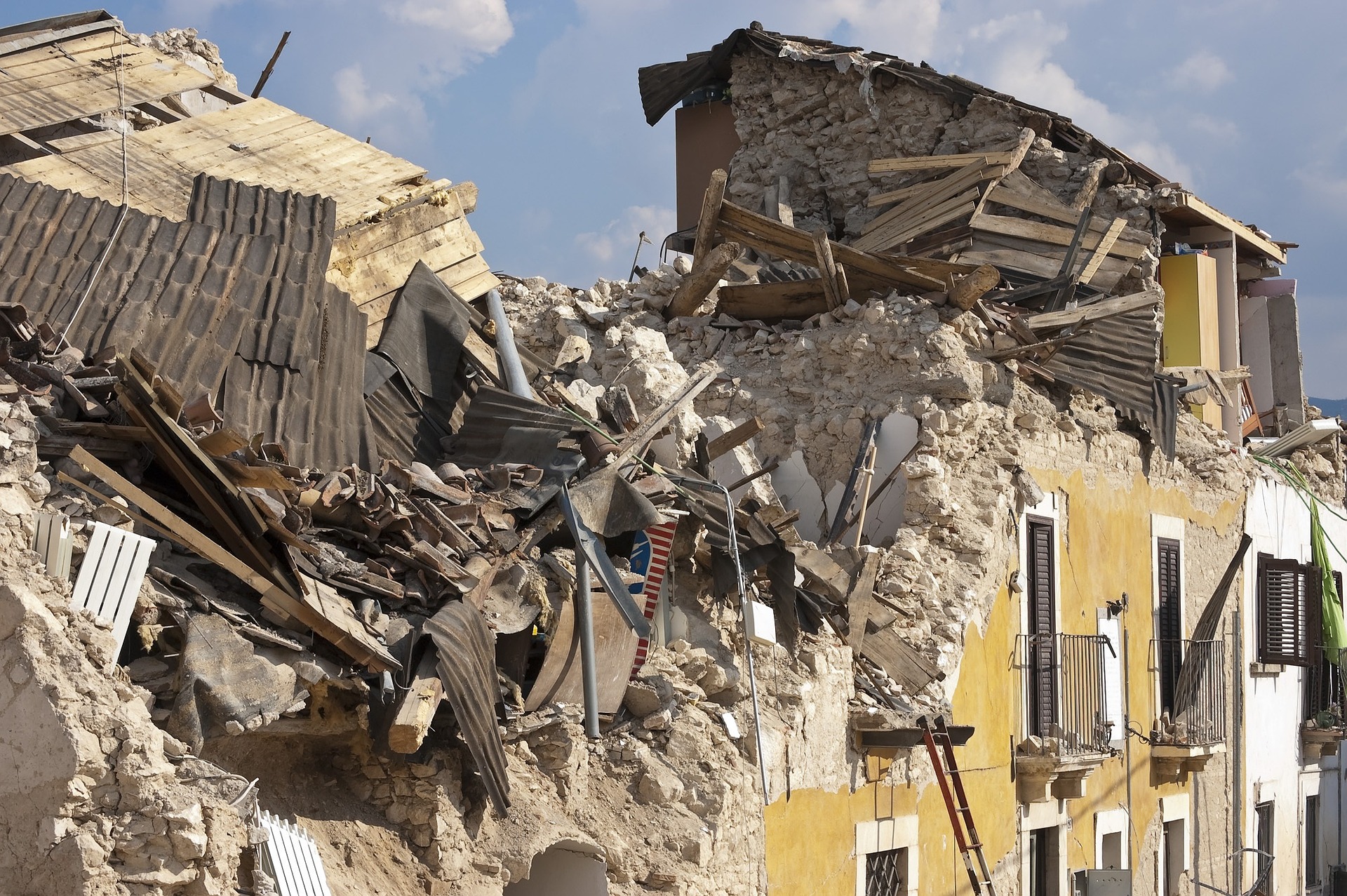
.jpg)
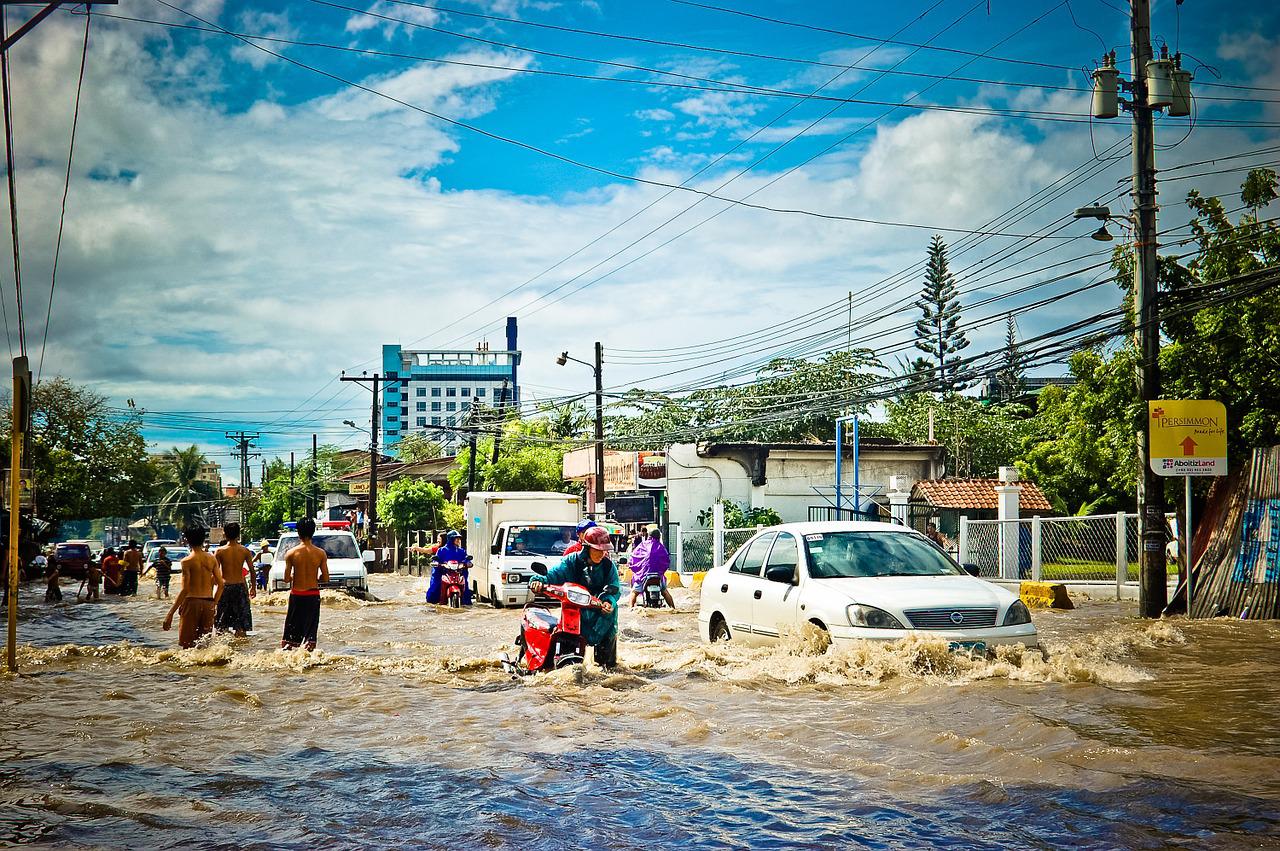
.jpg)
